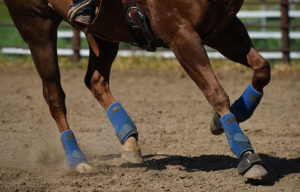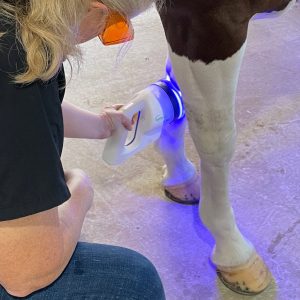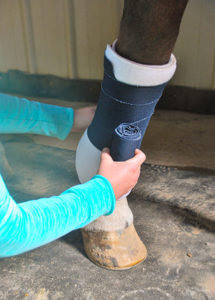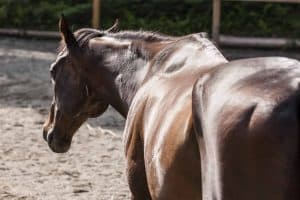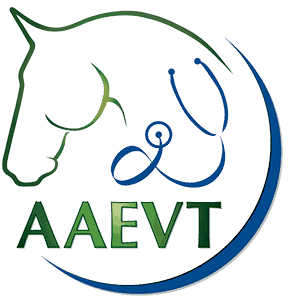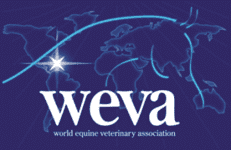Helping Pregnant Mares’ Final Month be Fruitful (AAEP 2012)
Although a great deal of the literature on breeding pertains to fertility and pregnancy rates, the last month of gestation is equally (if not more) important. Even in seemingly healthy mares, pregnancy can change from heavenly to horrific in the wink of a vulva, as one researcher explained during the 2012 American Association of Equine Practitioners’ (AAEP) Convention, held Dec. 1-5 in Anaheim, Calif.
“In the past five years, substantial progress has been made identifying high-risk mares and devising appropriate management plans,” relayed Ahmed Tibary, DVM, PhD, Dipl. ACT, of Washington State University’s College of Veterinary Medicine.
Such mares include old maiden mares, those with cervical defects, and mares with a history of either recurrent pregnancy loss or of medical/surgical problems that can be exacerbated by pregnancy (e.g., equine metabolic syndrome). Tibary said there are five major problems, both genital and nongenital, to consider during the final month of pregnancy:
- Colic. Whether due to genital (e.g., uterine rupture) or nongenital (e.g., intestinal) causes, colic is relatively common in the late-pregnant mare. Owners and veterinarians might need to take steps to avoid premature foaling in the colicking mare.
- Abnormal vaginal discharge. This can be challenging to recognize, and Tibary advised looking for clumped hair under the tail. Bloody discharge or a combination of mucus and pus (mucopurulent discharge) should warrant a veterinary examination. Specifically, mucopurulent discharge is indicative of an infection and requires immediate treatment.
- Abnormal mammary gland development. Premature udder development or lack of development altogether is abnormal. The former along with a mucopurulent vaginal discharge suggests placentitis (infection of the placenta). A mare with premature udder development might be carrying twins, or the condition might warn of impending abortion. Fescue toxicity can prevent udder development, or a mare’s udder might develop when expected simply because someone recorded the incorrect breeding date.
- Abnormal abdominal development or shape. The most common causes include rupture of the prepubic tendon (which supports the mare’s abdomen–rupture of this structure is painful, makes foaling difficult, and is life-threatening for the mare) or mammary suspensory ligament, development of a body wall hernia (in which contents of the abdominal cavity, such as intestine, protrude through a defect in the body wall), or production of too much amniotic fluid. A veterinarian can perform a rectal examination and transabdominal ultrasound to help diagnose the cause and guide management.
- Other. Accidents, prolonged pregnancy, and musculoskeletal problems (e.g., osteoarthritis, ruptured hind suspensory ligament) can negatively impact a broodmare’s health.
If any one of these problems develops, Tibary said it is imperative to stabilize the patient using intravenous fluids, anti-inflammatory drugs, and antimicrobials for successful case resolution
Create a free account with TheHorse.com to view this content.
TheHorse.com is home to thousands of free articles about horse health care. In order to access some of our exclusive free content, you must be signed into TheHorse.com.
Start your free account today!
Already have an account?
and continue reading.
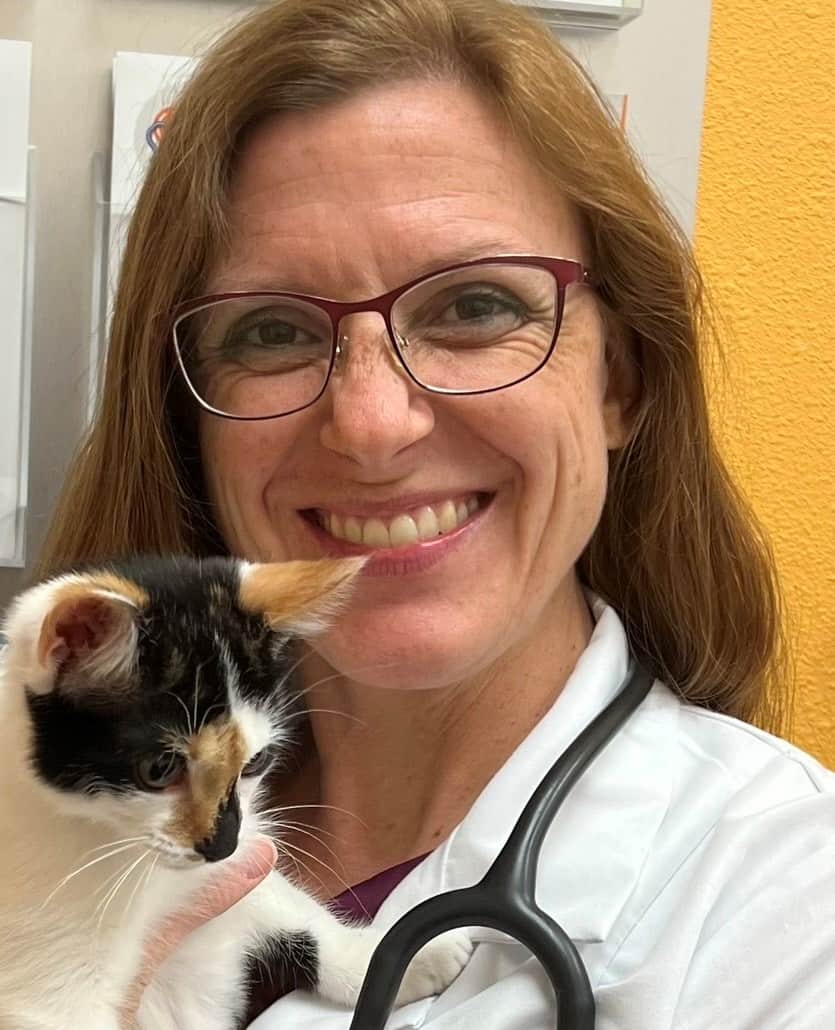
Written by:
Stacey Oke, DVM, MSc
Related Articles
Stay on top of the most recent Horse Health news with





